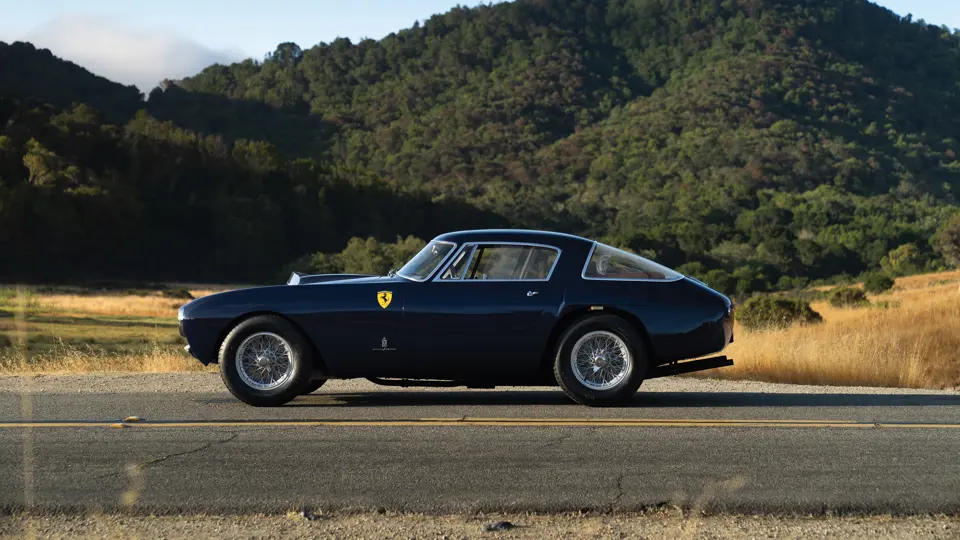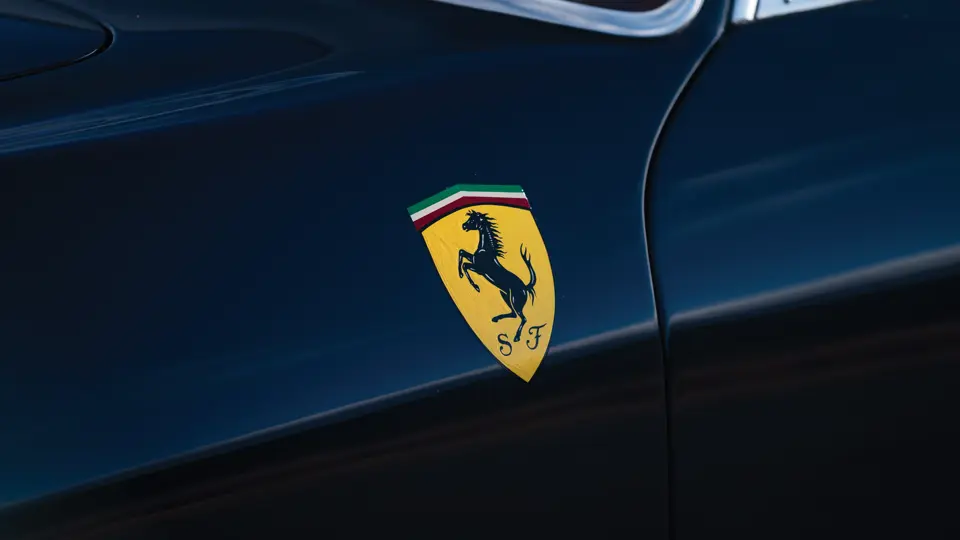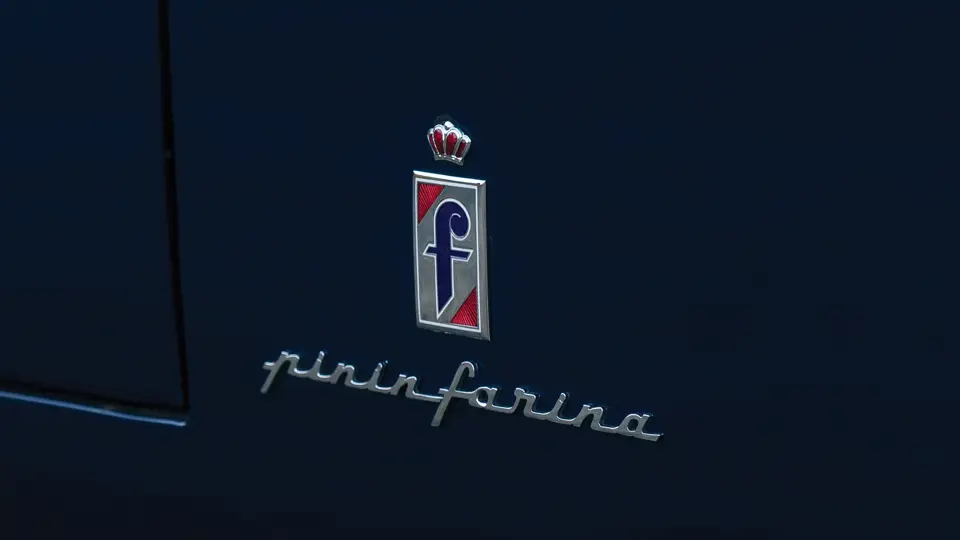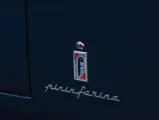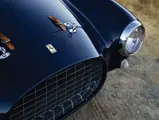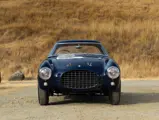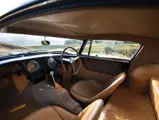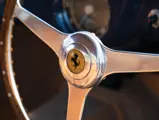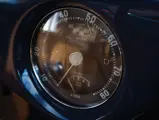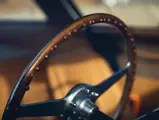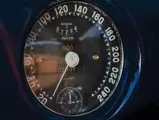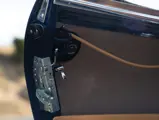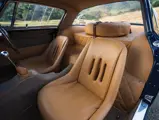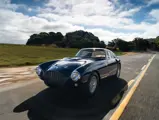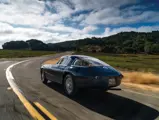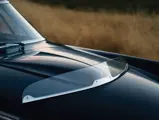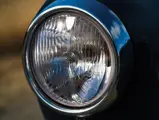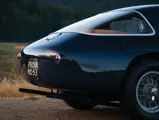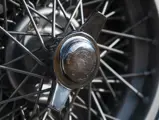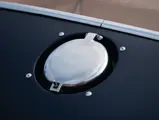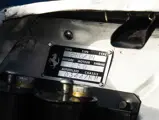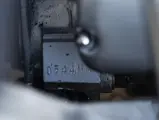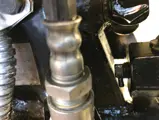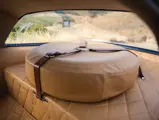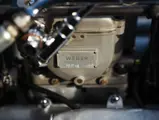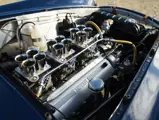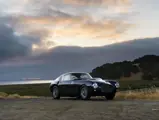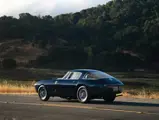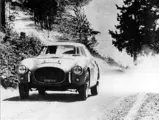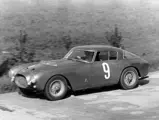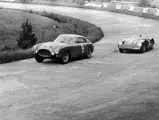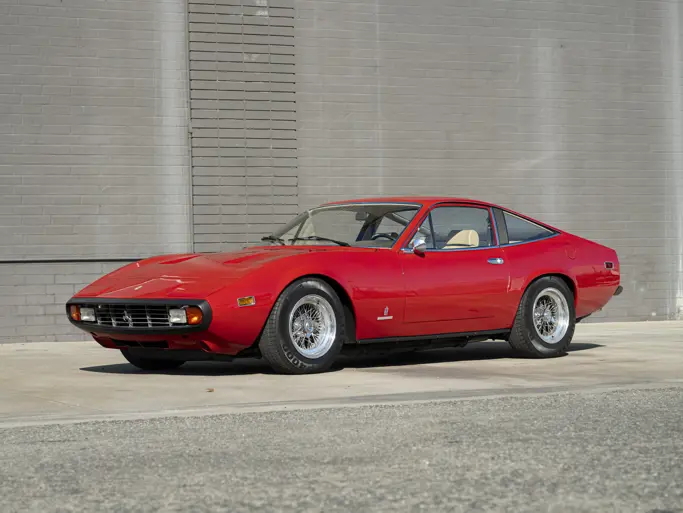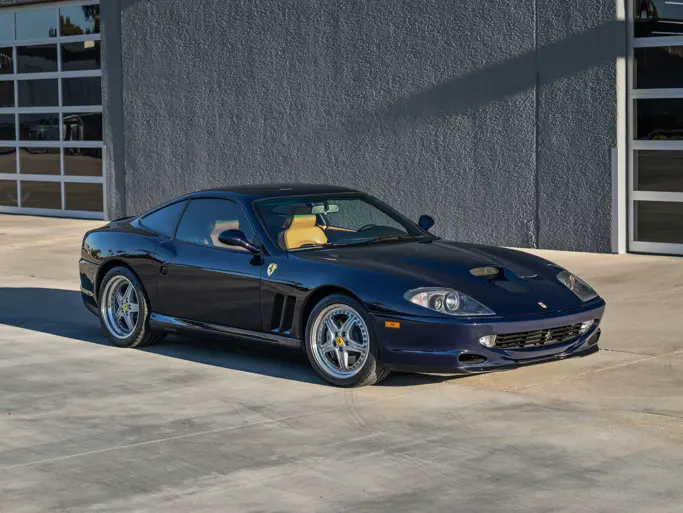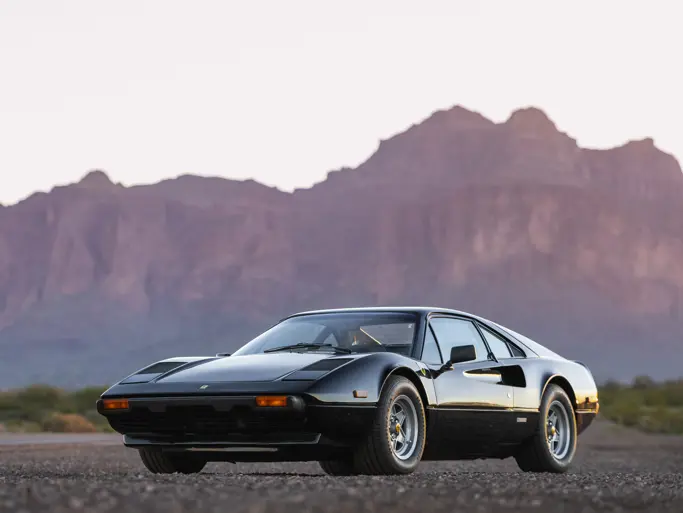
1953 Ferrari 250 MM Berlinetta by Pinin Farina
{{lr.item.text}}
$7,500,000 - $9,000,000 USD | Not Sold
{{bidding.lot.reserveStatusFormatted}}
- The 15th of 18 Pinin Farina berlinettas; one of just 31 250 MMs built
- The favored model of the most illustrious privateer racers of its day
- Formerly of the Pierre Bardinon Mas du Clos Collection
- Extensive period racing career, with numerous class wins
- 3rd in class at the 1954 Helsinki Grand Prix
- Displayed at the 1954 Swedish International Motor Show
- Featured in numerous European enthusiast magazines
- A beautifully maintained and sparingly driven example
THE COLOMBO SHORT-BLOCK RETURNS TO RACING
Despite the unmitigated racing successes of Aurelio Lampredi’s large-bore tall-block engine as early as 1950, Enzo Ferrari decided in 1952 to further develop the company’s original racing powerplant, the Gioacchino Colombo-designed short-block V-12. Ferrari suspected that the smaller, lighter engine would provide a better-balanced racer that could be faster on twisting circuits.
To this end, a 225-specification Colombo V-12 was enlarged to displace 250 cc per cylinder for a total of almost three liters, the classic engine volume that would soon power an entire generation of GT models, culminating in the 250 GTO. The traditional Colombo head was discarded, however, in favor of a Lampredi-style head with individual porting, hairpin valve springs, and three large four-barrel Weber carburetors. The new engine was dropped into chassis no. 0156 ET, a rare Export Tubolare chassis with a 2,250-mm wheelbase that was originally designated as a 225 Sport. Clothed in Vignale berlinetta coachwork similar to concurrent 212 Export examples, the new car was dubbed the 250 Sport and loaned by the Scuderia Ferrari to Giovanni Bracco and Alfonso Rolfo for the Mille Miglia in May 1952. The pair famously won the race on the strength of the former driver’s brash and unconventional style, fueled by cigarettes and brandy.
Six months later, at the Paris Salon, Ferrari introduced a new sports-racing model in honor of Bracco’s victory called the 250 Mille Miglia. Riding a shorter 2,400-mm chassis, the 250-based privateer car was assigned even-numbered racing chassis numbers and produced in a smattering quantity of 31 examples through mid-1953. Eighteen of the cars wore influential new fastback coachwork by Pinin Farina that was clearly a precursor to the carrozzeria’s designs for the upcoming 250 GT berlinettas, while the other 13 examples were bodied by Vignale (all but one of them as spiders).
The 250 MM was an immediate hit with preferred Ferrari clientele, as Phil Hill’s Vignale spider won the Pebble Beach Road Races in April 1953 and the Santa Barbara Trophy in September. Other key performances included Luigi Villoresi’s win at the Monza GP in June 1953, and a 2nd-place finish for Harry Schell and the Marquis de Portago at the Buenos Aires 1000 KM in January 1954. Encompassing rarity, and a particularly important developmental stage for the Colombo V-12 and Pinin Farina’s berlinetta coachwork designs, the Ferrari 250 MM has evolved into one of the post-war Scuderia’s most desirable sports-racers, a darling of concours d’elegance that is prized by knowledgeable collectors.
CHASSIS NUMBER 0344 MM
This rare and beautifully maintained 250 MM claims an impressive record of period racing use and former ownership by several luminaries in the niche, resulting in one of the most desirable examples to be publicly offered in many years.
Chassis no. 0344 MM is the 15th of 18 berlinettas bodied by Pinin Farina, and the 26th example built overall. Delivered to Pinin Farina in June 1953, it was finished in grigio perla paint and the seats were upholstered in beige vinyl, and the car was returned to the factory for completion in early August. In mid-September the berlinetta was sold to its first owner, Mrs. Paola Ferrari of Bologna, and soon after it was fitted with vertical chrome bumperettes.
In March 1954, Mrs. Ferrari sold the 250 MM to SAIPA S.r.L., a company specifically created to register competition Ferraris for use outside of Italy. Later that month the berlinetta was purchased by Mas-Olle Persson of Ludvika, Sweden, and he repainted the body blue and drove the car from Italy to his home country. From 26 March to 4 April the Ferrari was displayed at the Swedish International Motor Show in Stockholm, as confirmed by a photo printed in a late-April issue of Autosport magazine.
Chassis no. 0344 MM was then entered by Mr. Persson in a slew of road and ice races in Sweden, starting with the Berksäker race near Osterund in late March. At the Eläintarhanajo-Djurgärdsloppet (The Helsinki Grand Prix) in May 1954, the 250 MM roared to a 3rd-in-class finish, and a week later the car won the production sports car class at the Röfors hill climb. In late May the Ferrari took 2nd in class at both the Hedemora TT Grand Prix in Dalama Ian, and at the Skarpnäck airfield races. After failing to place at the Ljungdalsbacken in June or at the Midnight Sun Rally in July, Persson finished 3rd at the Gäyle horse track in mid-August. At the Karlskoga later that month the berlinetta placed 2nd in class, and in early September the 250 MM returned to the Skarpnäck airfield, winning its class and finishing 3rd overall. Persson then drove the Ferrari in an ice race on Lake Varpen that was held over the winter.
During the month of September 1954, Persson sold the 250 MM to fellow Swede Gösta Forsberg, and he raced the car in October at the Kononloppet Motorstadion, finishing 3rd. Later that month Forsberg sold the Ferrari to a dentist named Charles Lohmander who was also an official with the Swedish racing drivers club. He then used the car in the Swiss Auto Racing Club’s SAR Driver’s School in Campione d’Italia, Italy, as demonstrated by a photo that printed in a late April 1955 issue of Auto Italiana magazine.
In May 1955 the Ferrari was campaigned in the Eläintarhanajo-Djurgardsloppet again, and Lohmander managed to finish 6th in class, and 9th overall. Over the course of the month the owner had the bumpers removed and fog lamps installed, and in this guise he ran the Eifelrennen at the Nürburgring in Germany in late May, finishing 8th. In early August the car participated in the production sports car race at the Kristianstad but failed to finish due to brake issues. Two days later Mr. Lohmander traded the 250 MM for an Alfa Romeo 1900C SS Zagato at the dealership owned by legendary sports car and F1 driver Joakim Bonnier, the future two-time Targa Florio champion and 2nd-place finisher at the 1964 24 Hours of Le Mans.
Bonnier lent the Ferrari in mid-August 1955 to John Kvarnström for use in the Kanonloppet at Karlskoga and he performed quite well, finishing 2nd overall. Bonnier eventually registered the Ferrari with Swiss tags and in November he began offering the car for sale, as seen in an advertisement that ran in Road & Track magazine.
In November 1955, the 250 MM was sold by Bonnier through SAIPA S.r.L., this time purchased by Herbert Mackay-Fraser, an English racing driver residing in Modena, whose payment included the trade-in of his Ferrari 735 Monza Spider. The owner repainted the berlinetta in rosso, and in May 1957 the car was featured in two British enthusiast magazines, The Autocar and Sportscar and Lotus Owner. Sadly, Mr. Mackay-Frazer did not survive a crash in a Formula 2 Lotus at a preliminary race held before the Grand Prix in Reims in July 1957.
In 1958, the executors of Mackay-Fraser’s estate sold the 250 MM to Anthony A.D. Crook of Surrey, England, and around this time the car was pictured in Road & Track magazine. Purchased in March 1959 by noted enthusiast C.W.P. Hampton of Sussex, most famous for his ownership of some of the most significant Hispano-Suizas, the Ferrari was treated to an engine rebuild by Arctic Auto in Paris, and the coachwork was freshened with the removal of the rear fender vents. Fox Ltd in London repainted the body, re-trimmed the interior (including soundproofing and carpeting), and replaced the 50-gallon competition fuel tank with a 25-gallon tank that allowed space for the addition of a spare wheel.
Mr. Hampton entered the Ferrari in the VSCC Pomeroy Trophy at Silverstone in March 1961, and the car was subsequently pictured in a color photo in the 1961 Ferrari Yearbook. Chassis 0344 MM was also depicted in an issue of Automobile Quarterly around this time. In early September Hampton displayed the berlinetta at the inaugural meeting of the Ferrari Owners' Club UK at Prescott, England, and the car attended at least two more club meets over the next several years, including the Cavalcade at Prescott in September 1969 and the meeting at Scotland Farms in May 1970. The berlinetta was then appropriately depicted in the Ferrari Owners Club UK’s magazine in 1971.
In April 1972 Hampton sold the 250 MM to Pierre Bardinon, whose Mas du Clos collection was at the time the most impressive assemblage of important Ferrari sports and racing cars in the world. Mr. Bardinon had the Ferrari refurbished in 1975, at which point the rear bodywork was restored to the original configuration featuring fender scoops, and the bumperettes were removed. The berlinetta remained in Bardinon’s collection for 20 years and was exhibited for two months during the summer of 1987 in Paris at the “Hommage a Ferrari” exhibit sponsored by the Cartier Foundation.
CONTEMPORARY HISTORY
In May 1992 Bardinon sold 0344 MM to the noted Ferrari historian Marcel Massini, who in turn sold the car to Peter Gläsel of Detmold, Germany. Three and a half years later Gläsel conducted a major transaction, trading in the 250 MM and two other important racing Ferraris (a 250 GT Tour de France and a 250 GT California Spider) in exchange for a pre-war Scuderia Ferrari-campaigned Alfa Romeo Monza, in an agreement brokered by dealer Klaus Werner.
Werner eventually sold 0344 MM in May 1996 to the Swedish collector Hans Thulin, whose Consolidator Collection was famously liquidated during a bankruptcy. The 250 MM then passed in January 1998 to Jean Guikas’ well-known dealership in Marseilles, France, and later that year the car was featured in Auto Italia magazine. In October the Ferrari found private ownership again when acquired by René Maspoli of Villeneuve, Switzerland, and he kept the car for five years before selling it to Emilio Gnutti of Brescia.
In December 2007 chassis no. 0344 MM was again featured in a magazine, this time in the French periodical Automobiles Classiques, which printed a photo taken during the Bardinon ownership. Then a photo shot during Hampton’s ownership was used for the June pictorial in the Classic Cars 2009 calendar.
The 250 MM was purchased by the consignor’s family from Mr. Gnutti in October 2010, in a package that also included a Ferrari 500 TRC Spider. Since then, the California-based owner has presented the berlinetta at niche events a handful of times, including display at the Marin-Sonoma County Concours d’Elegance in May 2011, and the Pebble Beach Concours d’Elegance in August 2013. By this point the consignor commissioned a high-quality refinish in stunning midnight blue.
Still displaying the immaculate effects of the recent cosmetic freshening, chassis no. 0344 MM is a pristine and highly desirable example that never experienced any significant damage during its early racing career. The rare berlinetta is very well documented, including ACI registrations, numerous period photographs, and an exhaustive history by Marcel Massini. Having only been publicly presented a few times since its arrival to the U.S. eight years ago, this breathtaking 250 MM can expect a very warm welcome at FCA events and major concours d’elegance. The car’s early build date also qualifies it for the most exclusive touring and rally events worldwide, including the Mille Miglia Storica, California Mille, and the Colorado Grand. Suitable for any major collection, this extremely important early racing Ferrari invites the consideration of dedicated Maranello collectors.




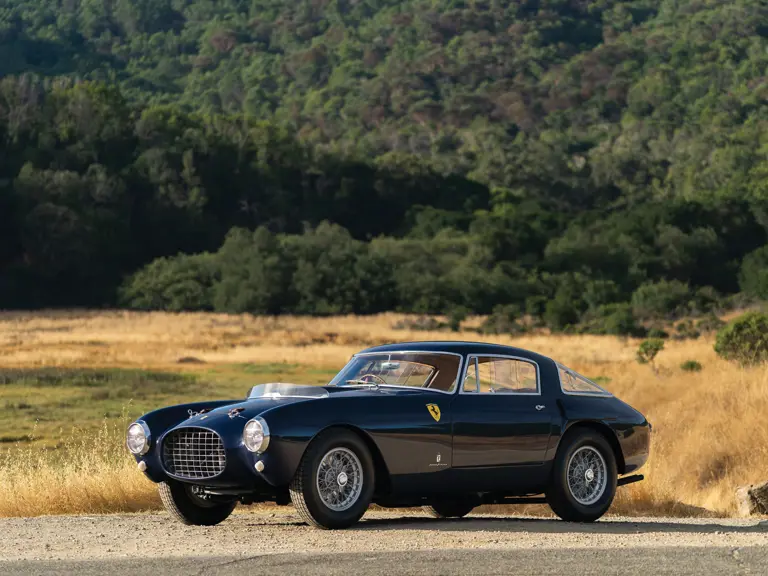


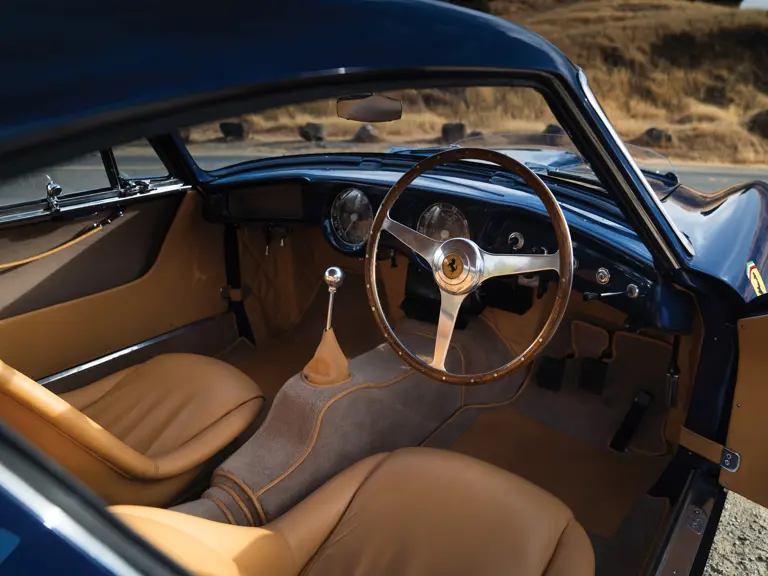

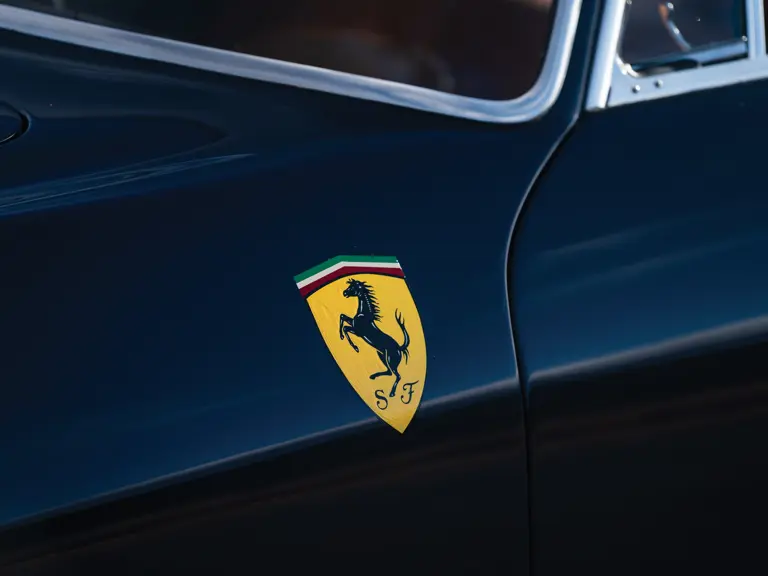
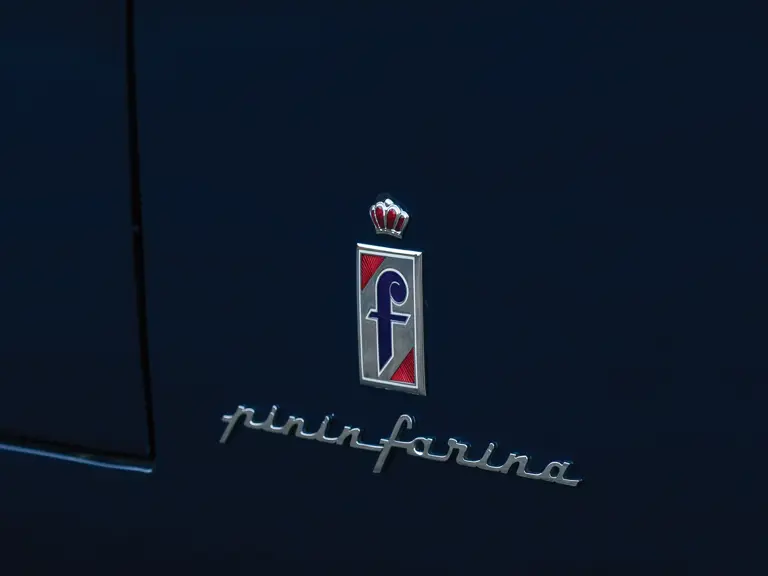
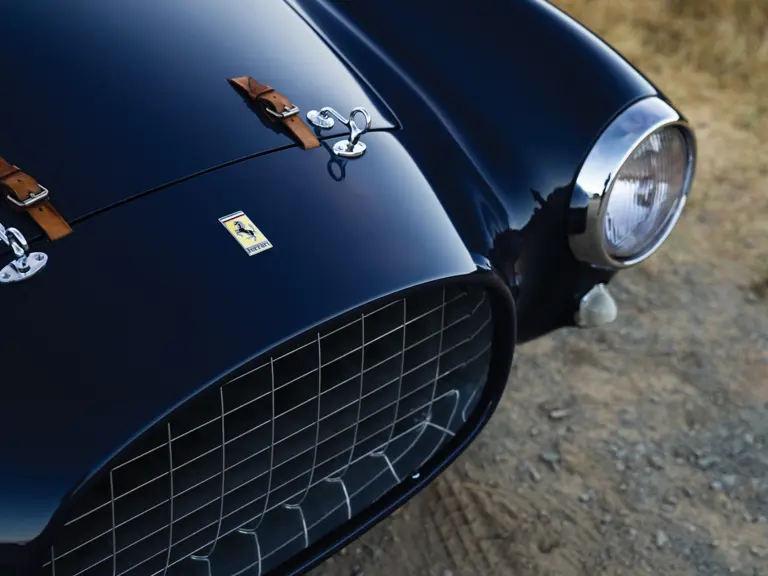
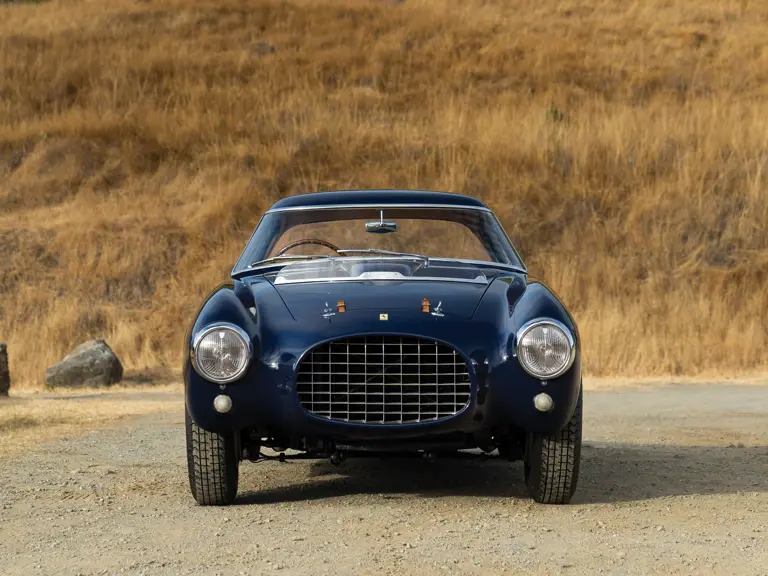

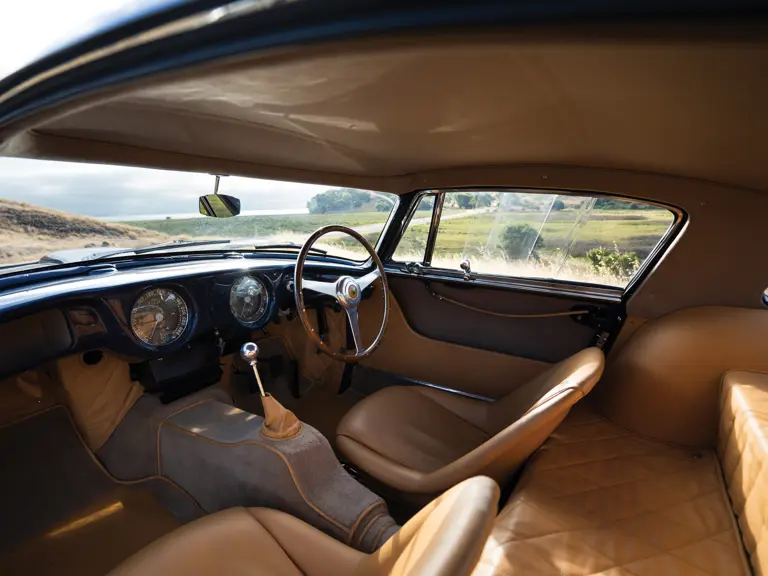
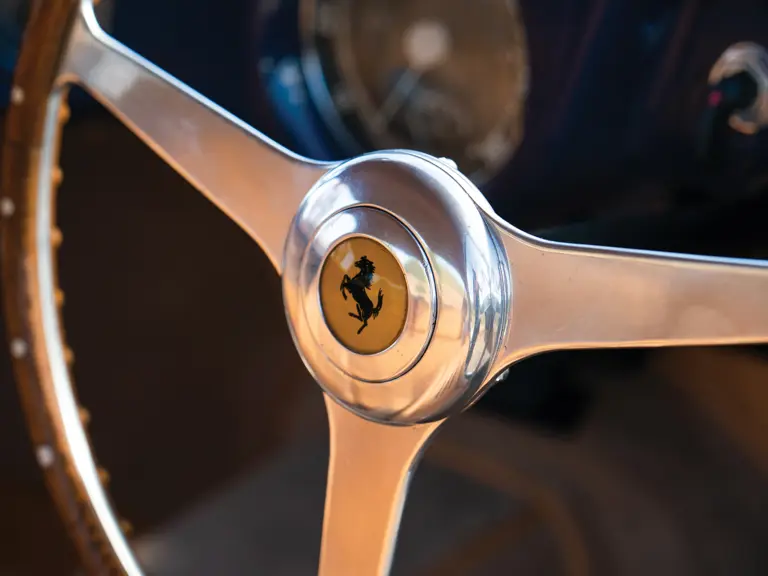


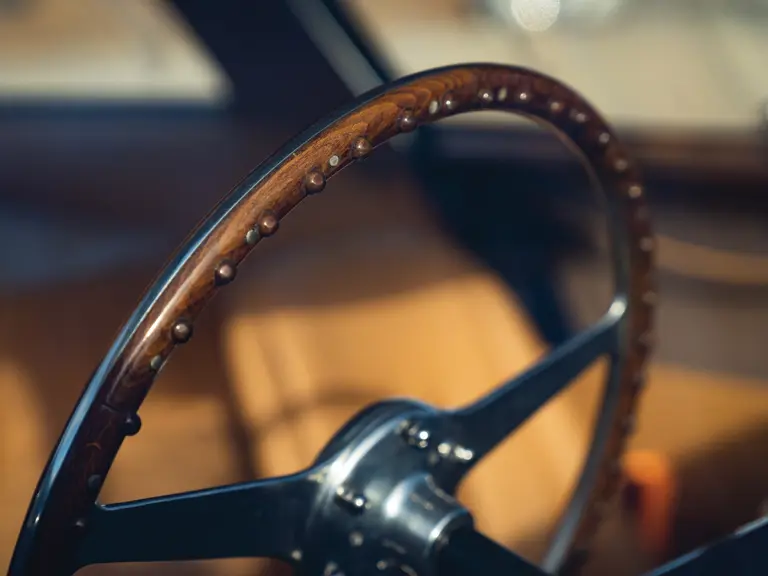
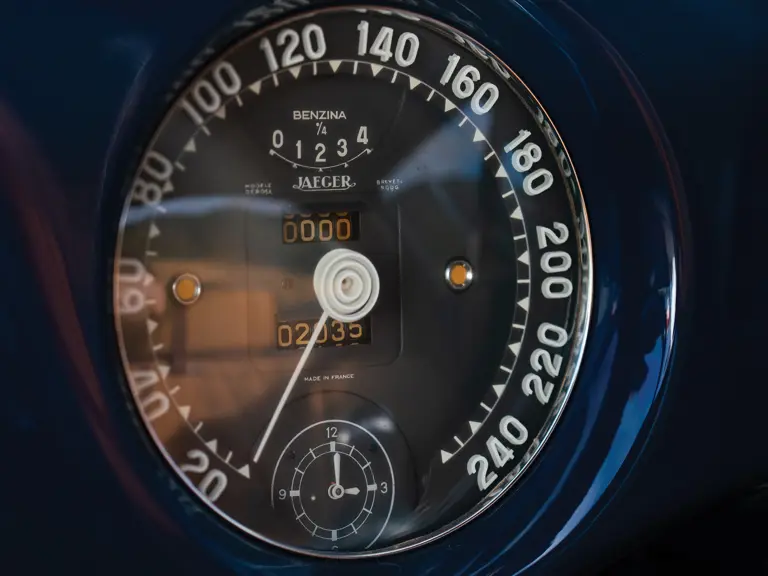

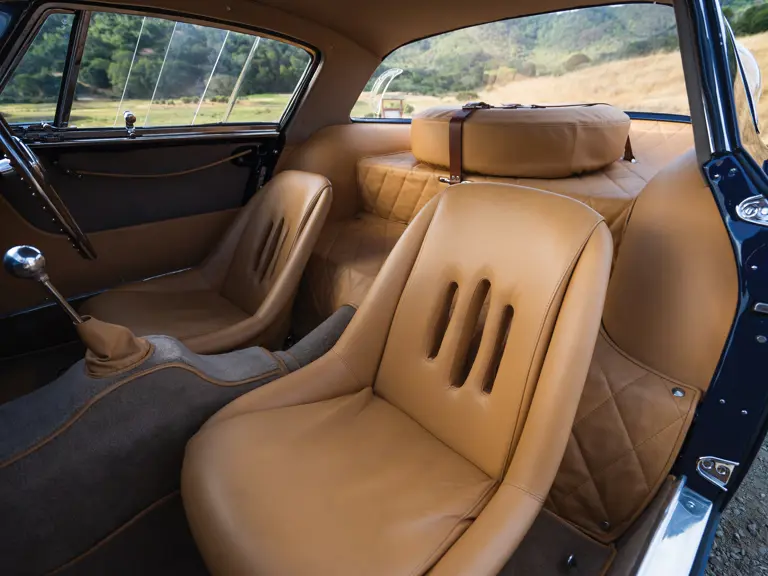
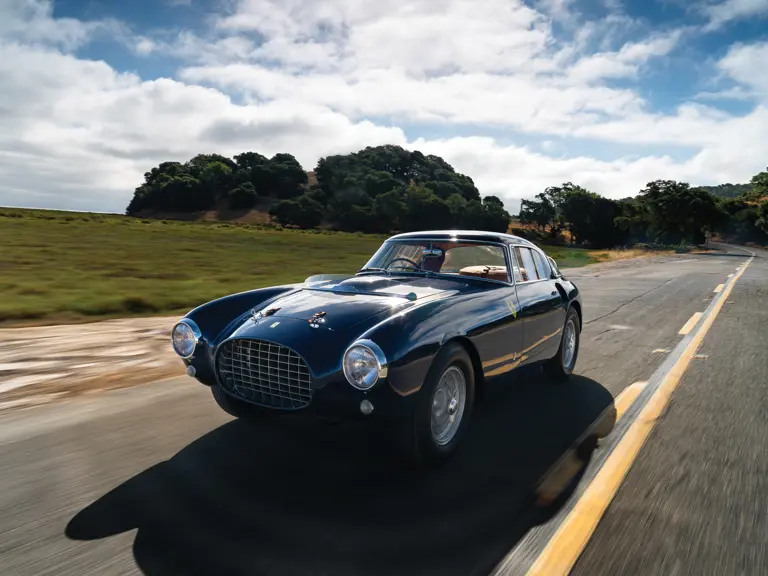
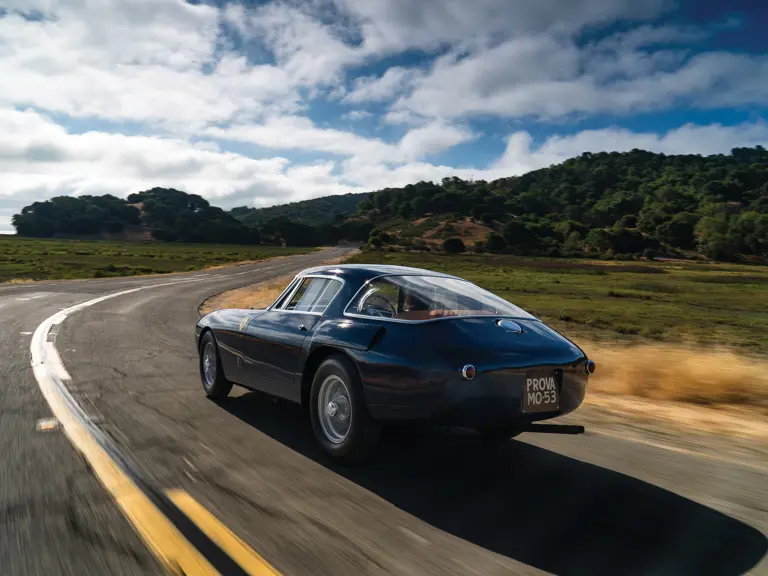
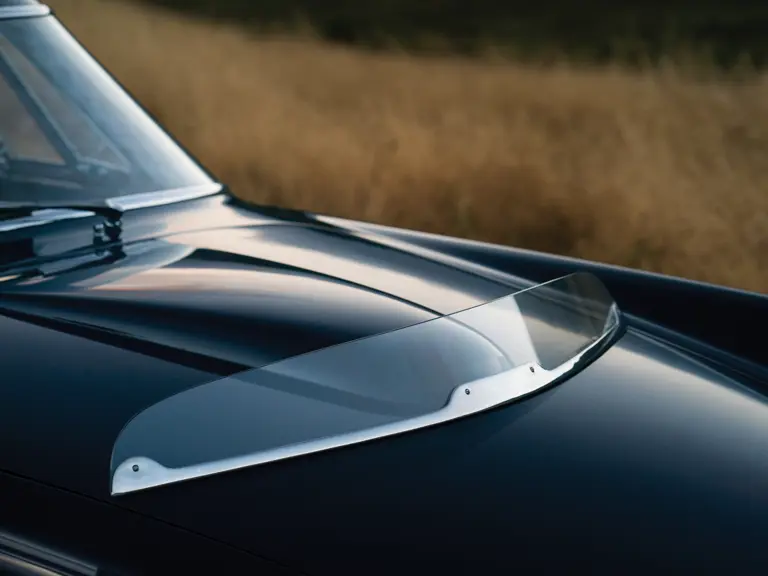
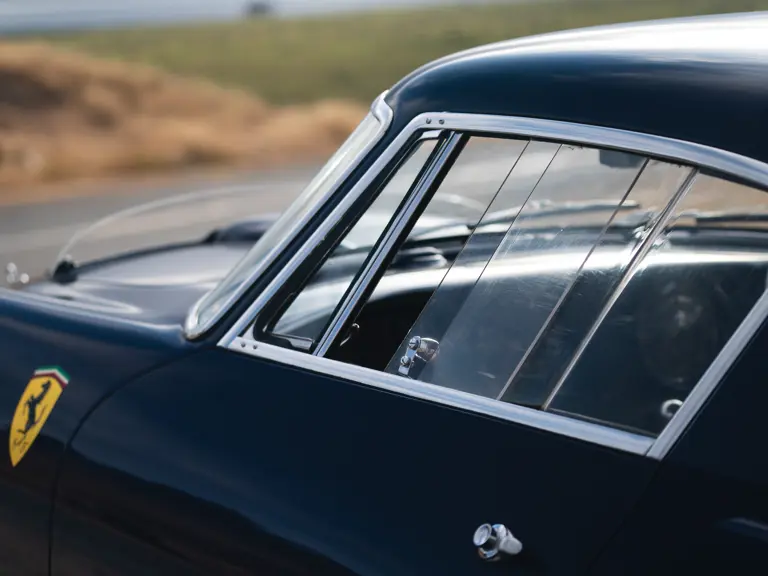
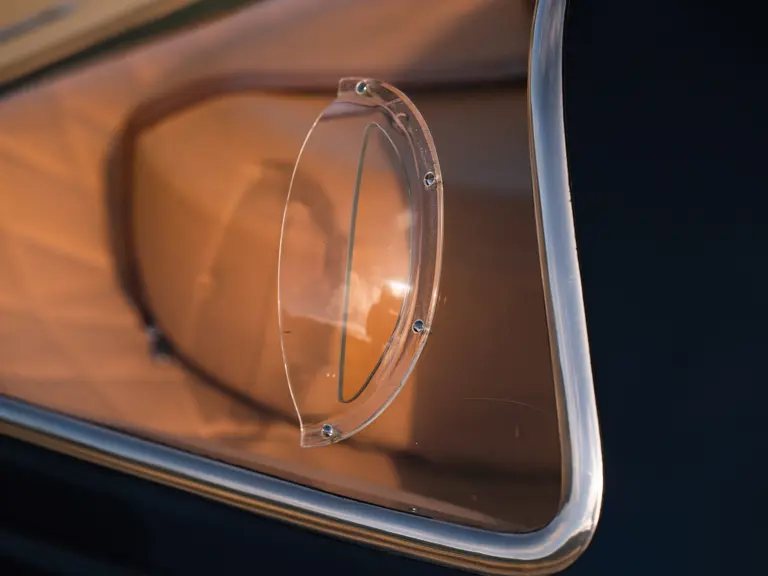
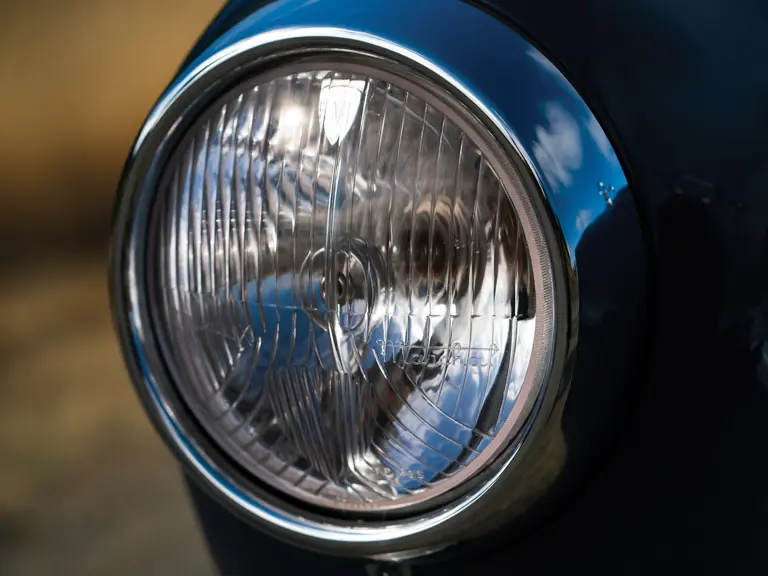

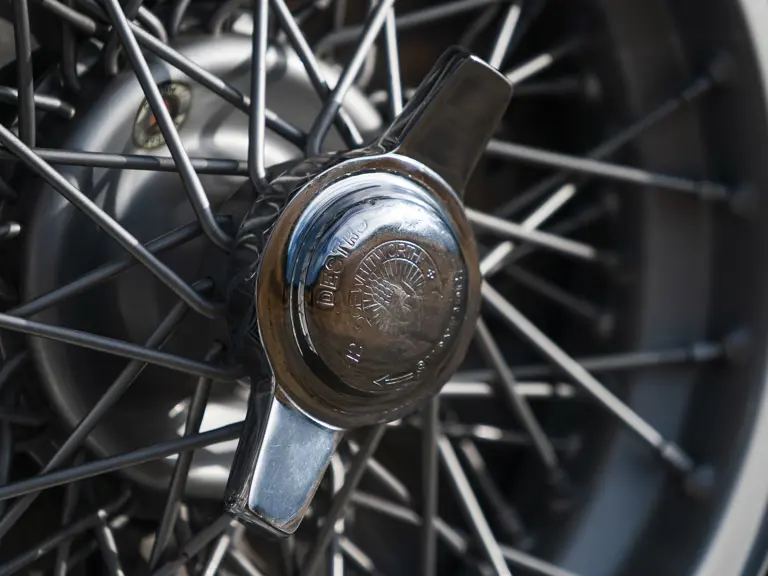
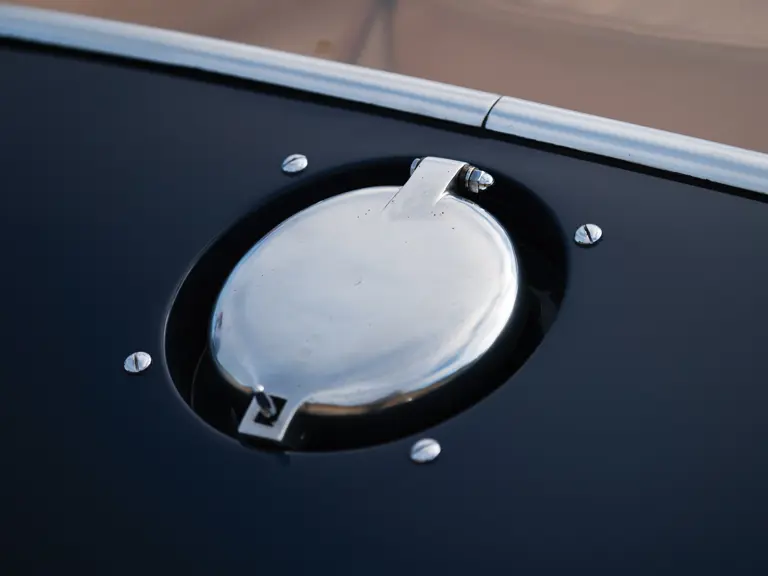



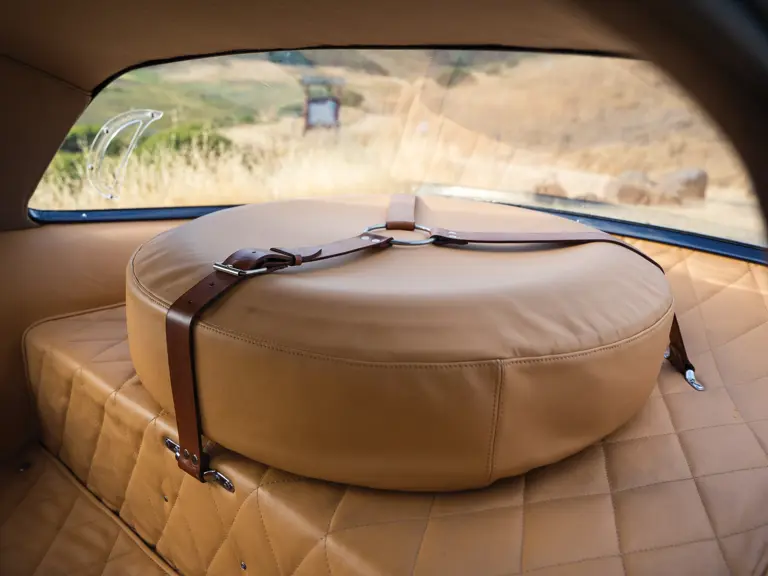
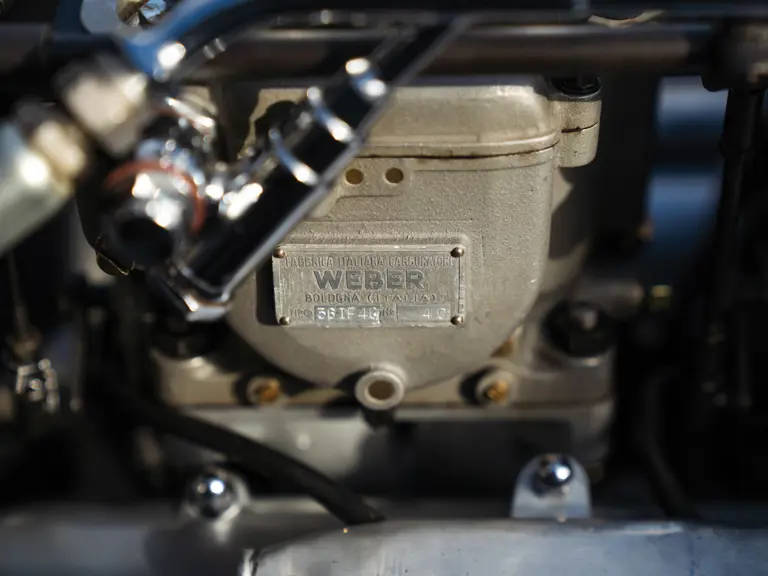

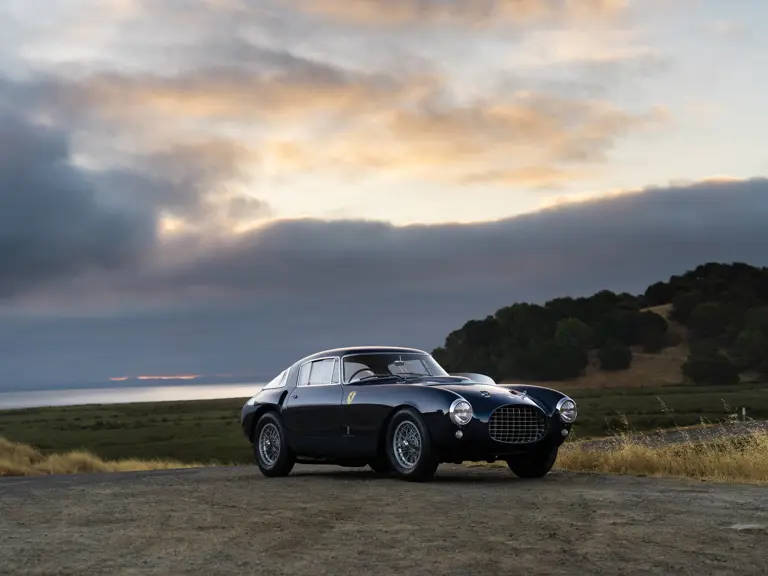
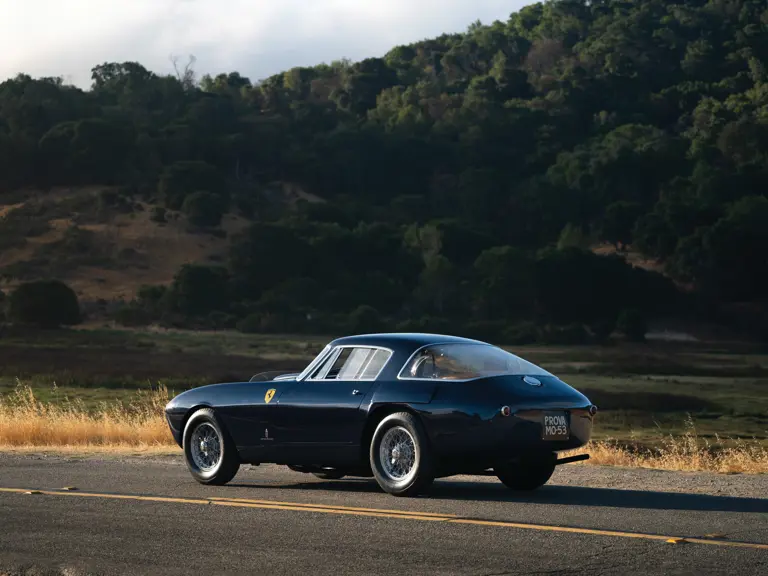
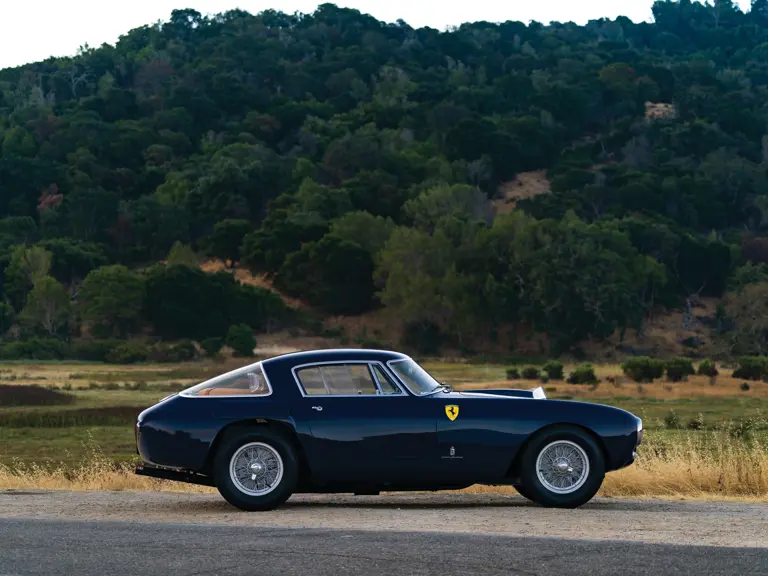

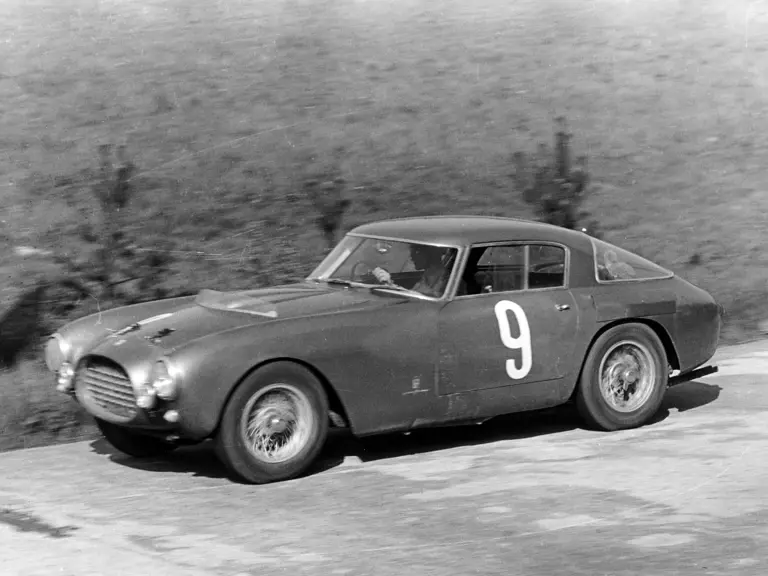

 | Monterey, California
| Monterey, California
